Tomatoes, with their vibrant color, juicy texture, and versatile flavor, are a cornerstone of cuisines worldwide. However, their seasonal nature and delicate shelf life often leave home cooks and gardeners grappling with waste. Whether you’ve harvested a bumper crop from your garden or scored a deal at the farmers’ market, mastering the art of tomato preservation ensures you can savor their taste long after summer fades. This article explores 10 innovative and practical techniques to extend the life of tomatoes, from quick refrigeration hacks to age-old fermentation methods.
The Refrigeration Conundrum: When (and How) to Chill Tomatoes
Contrary to popular belief, refrigeration isn’t always the enemy of tomatoes. While storing unripe tomatoes in the fridge can halt ripening and dull their flavor, ripe ones benefit from a brief chill to slow decay. Here’s how to do it right:
- Room Temperature Ripening: Keep unripe tomatoes in a single layer, stem-side down, at 55–70°F (13–21°C) until fully colored.
- Post-Ripe Chilling: Once ripe, transfer tomatoes to the crisper drawer (ideally in a breathable bag) at 40°F (4°C). Consume within 3–5 days to maintain texture.
- Pro Tip: Avoid plastic bags—they trap moisture and accelerate spoilage. Opt for paper towels or mesh produce bags instead.
Freezing: The Ultimate Shortcut for Long-Term Storage
Freezing tomatoes locks in flavor and nutrition, making it ideal for sauces, soups, and stews. Follow these steps for optimal results:
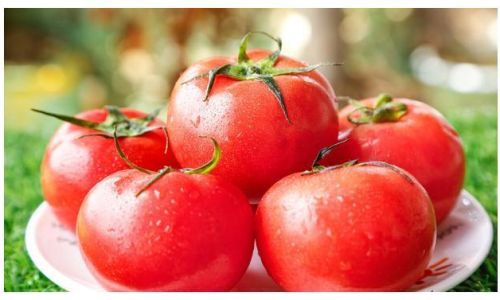
- Blanching Basics: Score an “X” on the bottom of each tomato, dip in boiling water for 30 seconds, then shock in ice water. The skins will slip off effortlessly.
- Prep Methods:
- Whole: Freeze peeled tomatoes on a baking sheet before transferring to airtight containers.
- Chopped: Dice or crush tomatoes, then portion into freezer bags (remove excess air to prevent freezer burn).
- Puree: Simmer skinned tomatoes into a sauce, then freeze in muffin tins for convenient portions.
- Thawing Tips: Run frozen tomatoes under warm water to release skins. Use directly in cooked dishes—texture will soften, but flavor remains intact.
Canning: The Time-Honored Art of Water Bath Preserving
Canning transforms tomatoes into shelf-stable goods with minimal equipment. For acid-safe preservation:
- Prep Work: Peel tomatoes via blanching, then quarter or halve them.
- Acidification: Add 1 tablespoon of bottled lemon juice or ¼ teaspoon citric acid per pint jar to ensure safety.
- Processing:
- Fill jars with hot tomatoes and liquid, leaving ½-inch headspace.
- Wipe rims, seal with lids, and process in a water bath canner (10 minutes for pints, 15 for quarts).
- Let jars cool undisturbed for 12 hours; check seals before storing.
- Safety First: Never alter acidity levels, and discard bulging or leaking jars immediately.
Sun-Drying and Oven Dehydration: Concentrating Flavor
Drying tomatoes intensifies their sweetness and umami, creating a pantry staple for salads, pastas, and antipasti.
- Sun-Drying:
- Slice tomatoes ¼-inch thick, sprinkle with salt, and arrange on screens in a sunny spot (90–100°F/32–38°C).
- Cover with cheesecloth to deter pests. Dry until leathery (3–7 days, depending on humidity).
- Oven Method:
- Preheat to 200°F (93°C). Place tomato slices on parchment-lined trays.
- Bake 4–6 hours, flipping halfway. Store in olive oil with herbs for added depth.
- Storage: Keep dried tomatoes in airtight jars in a cool, dark place. Rehydrate in warm water before use.
Fermentation: Tomato Kraut and Beyond
Lacto-fermentation preserves tomatoes while boosting gut health. Try this tangy twist:
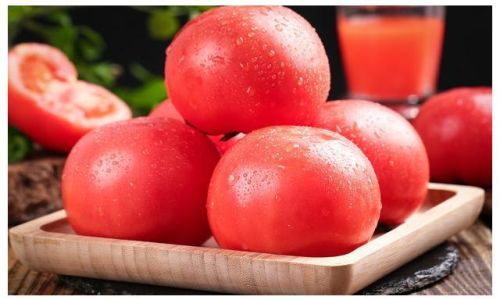
- Ingredients: 3 lbs tomatoes, 2 tbsp sea salt, 1 tbsp caraway seeds (optional).
- Process:
- Chop tomatoes and mix with salt. Let sit 30 minutes to release juices.
- Pack into a sterilized jar, leaving 2 inches of headspace. Weigh down with a fermentation weight.
- Ferment at 60–70°F (15–21°C) for 5–7 days, burping daily to release gas.
- Transfer to the fridge once bubbling slows. Use within 6 months.
Tomato Paste: A Concentrated Elixir
Homemade tomato paste is a flavor powerhouse. Here’s how to make it:
- Simmer: Cook 8 lbs of peeled, seeded tomatoes with 1 onion and 2 garlic cloves over low heat for 2–3 hours, stirring occasionally.
- Reduce: Continue cooking until the mixture darkens and thickens (45–60 minutes).
- Store: Freeze in ice cube trays or can in half-pint jars (process 15 minutes in a water bath).
Olive Oil Infusion: A Mediterranean Touch
Preserving tomatoes in olive oil adds richness and versatility:
- Prep: Roast cherry tomatoes at 250°F (120°C) for 2 hours until shriveled.
- Pack: Layer tomatoes with garlic, herbs, and red pepper flakes in a sterilized jar. Cover with olive oil.
- Store: Refrigerate for up to 2 weeks. Use in salads, bruschetta, or as a pizza topping.
Vacuum Sealing: The Modern保鲜 Solution
Vacuum sealers remove air, drastically slowing spoilage:
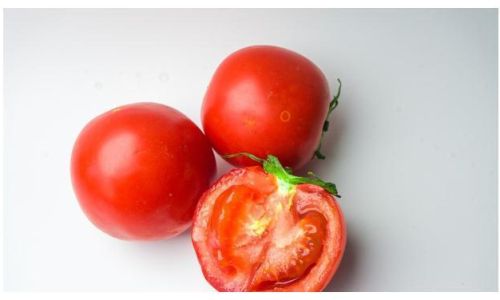
- Method: Seal whole or halved tomatoes in bags or canisters. Store in the fridge (1–2 weeks) or freezer (6–8 months).
- Pro Tip: Blanch tomatoes briefly before sealing to retain color and texture.
Tomato Powder: Zero-Waste Magic
Transform scraps into a versatile seasoning:
- Dry: Dehydrate tomato peels, seeds, and overripe flesh at 135°F (57°C) for 6–8 hours.
- Blend: Grind into a fine powder using a spice grinder. Store in a cool, dark jar.
- Uses: Sprinkle on popcorn, eggs, or roasted vegetables for umami depth.
Hybrid Methods: Combining Techniques
Experiment with layered approaches:
- Freeze-Dry: Freeze tomato slices, then vacuum-seal for ultra-long storage.
- Fermented Paste: Mix fermented tomato pulp with herbs before dehydrating into leather.
Conclusion: A Year-Round Tomato Harvest
Preserving tomatoes is both a science and an art, blending tradition with innovation. Whether you’re canning salsa for winter tacos or fermenting a batch of tangy kraut, these methods ensure no tomato goes to waste. Experiment with flavors, textures, and techniques to find your perfect match. After all, the joy of a summer tomato should never be confined to a single season.
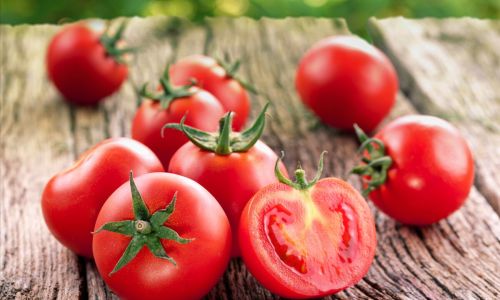
By mastering these preservation hacks, you’ll transform fleeting freshness into a culinary legacy—one that nourishes, inspires, and delights long after the last harvest.





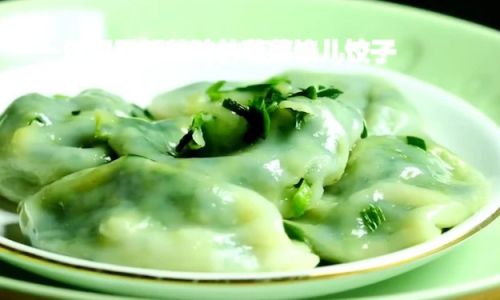
0 comments